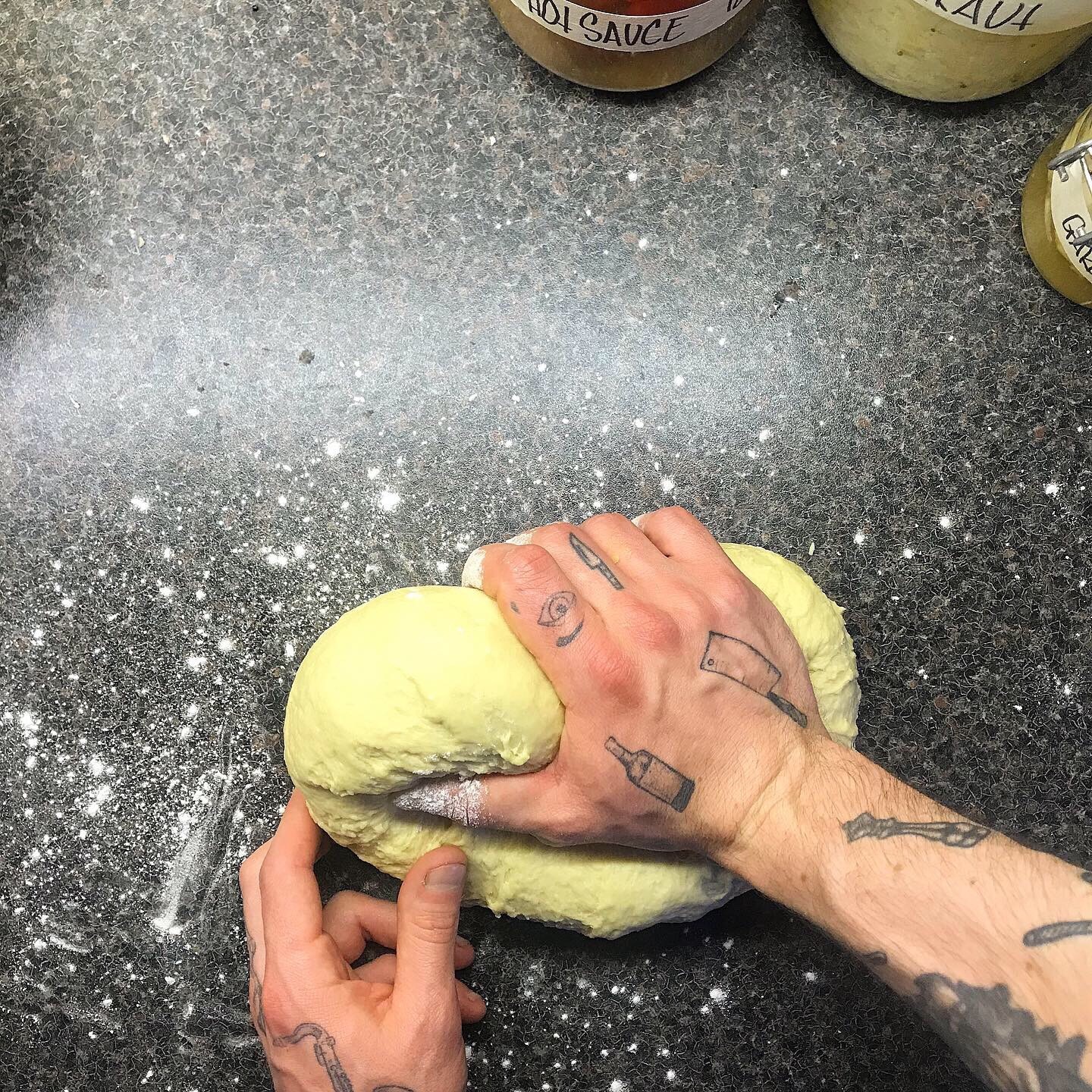bánh mì
“the only real argument for colonialism”
– calvin trillan
- you are probably sick of looking up a recipe and having to endlessly scroll down some dickhead’s life story on a blog, endlessly accepting cookies that you cant even eat. we think there are some things you should know about this sandwich, but it will be short and sweet.
- throughout history the french have been known for two things: bread, and being dickheads. some shit went down… time went by, cultures mixed, here we are.
- ‘bánh mì‘ literally means ‘bread’ in vietnamese. so as long as you have kept up with our other posts and have some bread in hand, you are ready for a good time.
- different areas over time developed different flavour combinations and ingredients (from pâté to fish) but there are a few recurring ingredients that are considered a staple.
- here is our version.
pickled veg
- classically carrot & daikon. however you can switch it up a little, here we have some carrot, red onion and radish.
- cold & crunchy. we rubbed these with some sugar and salt, covered with brown rice vinegar and set in the fridge. keep it simple, dont stress yourself.
fresh chillies
- next, slice some chillies or jalapeños. cover in lime juice, set aside.
mayonnaise.
- if you dont like it, make something else. this is a base requirement.
- hellmans is good, making your own is better. it is very easy. we will drop a guide on how do this at home.
- here we used rice vinegar, and didn’t wipe the bowl before the photo, because why would we?
fish sauce
- you are at home, staring outside at the rain, wishing you could experience something even slightly culturally stimulating. fish sauce will transport you to the fucking streets of saigon, dont be scared.
- here we smashed some garlic cloves, added a fat splash of fish sauce and more lime juice. you can use a blender if you have one, but this is more fun.
protein
- pork is what you want here. you could use a variety of cold-cuts, grilled pork or anything really. char sui is a popular go-to.
- we wanted porchetta, so we made porchetta.
- we used a small portion of pork shoulder, stuffed with herbs, garlic & fennel. then forgot about it in the oven for a long time.
baguette
- the heavy french influence comes mainly through the use of the baguette. buy them locally for next to nothing, or make them at home. we will drop a sourdough baguette recipe soon.
- gather everything you have prepared. toast your baguettes in the oven until crisp and browned, slice in half.
- spread obscene amounts of mayo on both sides.
- pick coriander leaves from the stem. if you are one of those people who cant enjoy coriander… shit one. your experience will be inferior. don’t you dare throw away them stems (recipe drop soon: candied coriander stem).
- begin stacking.
- slice in half.
- eat it. colonise it. whatever you want, as long as its inside bread… its a bánh mì.
